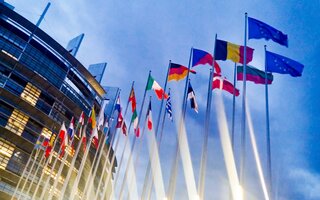Journal Article
Forecasting Volatility under Fractality, Regime-Switching, Long Memory and Student-t Innovations
Authors
Publication Date
JEL Classification
Key Words
The Markov-Switching Multifractal model of asset returns with Student-t innovations (MSM-t henceforth) is introduced as an extension to the Markov-Switching Multifractal model of asset returns (MSM). The MSM-t can be estimated via Maximum Likelihood (ML) and Generalized Method of Moments (GMM) and volatility forecasting can be performed via Bayesian updating (ML) or best linear forecasts (GMM). Monte Carlo simulations show that using GMM plus linear forecasts leads to minor losses in efficiency compared to optimal Bayesian forecasts based on ML estimates. The forecasting capability of the MSM-t model is evaluated empirically in a comprehensive panel forecasting analysis with three different cross-sections of assets at the country level (all-share equity indices, bond indices and real estate security indices). Empirical forecasts of the MSM-t model are compared to those obtained from its Gaussian counterparts and other volatility models of the Generalized Autoregressive Conditional Heteroskedasticity (GARCH) family. In terms of mean absolute errors (mean squared errors), the MSM-t (Gaussian MSM) dominates all other models at most forecasting horizons for the various asset classes considered. Furthermore, forecast combinations obtained from the MSM and (Fractionally Integrated) GARCH models provide an improvement upon forecasts from single models.





